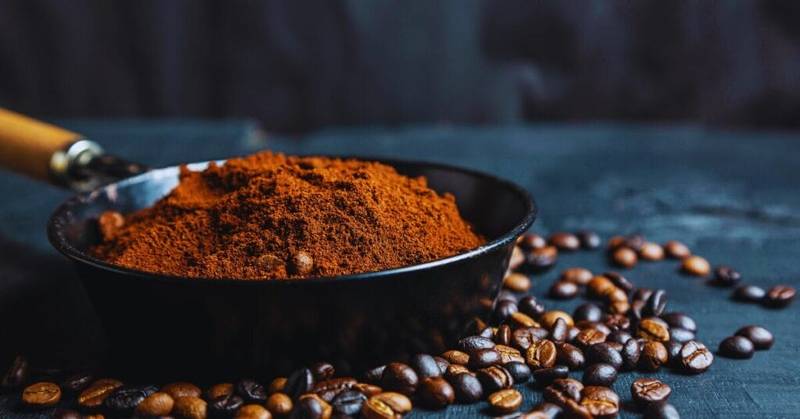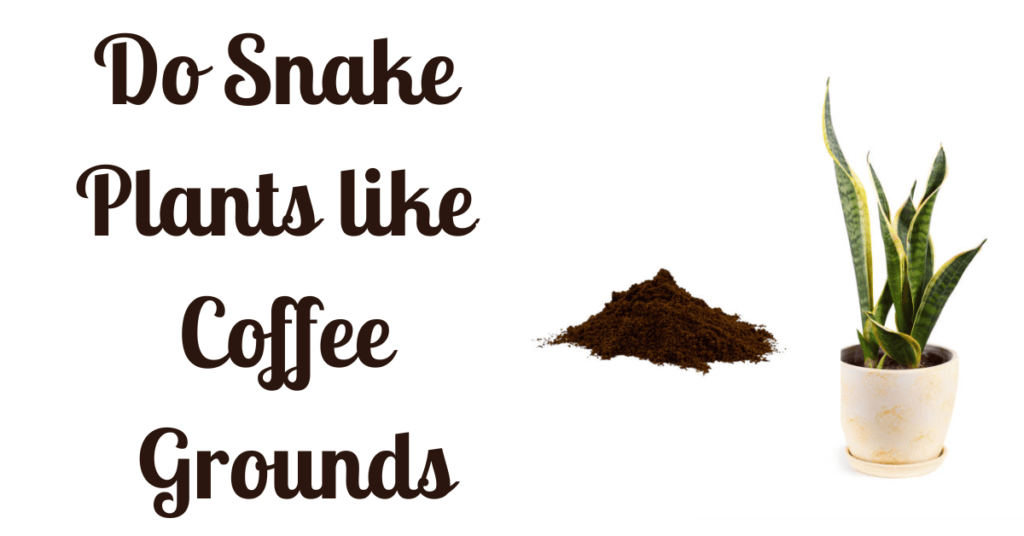Craving espresso’s bold flavor without a machine? This guide on how to make espresso with Ground Coffee reveals simple methods using tools like a Moka pot or Aeropress. Learn how everyday coffee can deliver a rich, espresso-like taste at home—perfect for coffee lovers seeking a strong, satisfying brew.
As an affiliate site, we are associated with the amazon. We might receive a commission when you use links or recommendations on our website to make qualified purchases. The cost you pay for the goods or services is unaffected by this.
Table of Contents
How To Make Espresso with Ground Coffee || The Magic of Ground Coffee Espresso

While a traditional espresso machine forces hot water through the finely ground coffee at high pressure (around 9 bars), these methods achieve a similar result using alternative brewing techniques. It’s true; you will get a different intense extraction and crema than a high-pressure machine. But, the key to achieving a robust and espresso-like drink lies in maximizing two key factors:
Grind Size:
Espresso uses an excellent grind, almost like table salt. This increases the surface area of the coffee grounds, allowing for more contact with water and a faster, more concentrated extraction. Our alternative methods try to mimic this by using a finer grind than usual for drip coffee.
Pressure:
The high pressure in an espresso machine forces hot water through the coffee grounds quickly, creating a concentrated shot. While we can’t replicate this intense pressure with these methods, we can extend the steeping time or use forceful pressing techniques to achieve a more potent brew.
That’s the magic behind these alternative methods! Using a finer grind and extending contact time with water (through methods like the AeroPress press or the modified French Press), we can create a more robust, more concentrated coffee that packs a punch similar to espresso.
You might not get the thick crema of a proper espresso machine, but you’ll be surprised at how close you can get with a bit of creativity and these brewing techniques.
3 Brewing Methods for Ground Coffee Espresso

Crafting an espresso-like shot without an espresso machine offers numerous alternatives. Here are three methods to try:
Method #1: The AeroPress
Method #2: The Moka Pot
Method #3: The French Press
For the best results, we recommend using medium—to dark-roast coffee. To simplify things, you get high-quality coffee beans.
Before you start brewing, ensure you have a few essential tools in your ‘laboratory’ to make the process smooth:
- An electric kettle with temperature control
- A conical burr grinder to achieve a consistent, uniform grind
- A scale with a timer to eliminate guesswork (after all, this is science)
- High-quality coffee beans, preferably from The Coffee Delight.
These tools will help you perfect your espresso-like coffee at home.
Method #1: The AeroPress
Unlike a regular cup of coffee, achieving the perfect shot of espresso hinges on pressure.
With its name featuring “press,” the AeroPress emerges as an ideal contender for mimicking espresso. While its texture may not mirror that of a sophisticated machine, the flavor and caffeine punch of an AeroPress “espresso” remarkably rival that of machine-brewed espresso.
WHAT YOU’LL NEED:
- AeroPress
- High-quality coffee beans
- Tablespoon or scale
- Grinder
Stack your AeroPress, placing a filter inside the drain cap. Consider using multiple filters for better control over water flow. Rinse the filter lightly and position it inside the press. Set the media atop a steady cup or mug.
Grind approximately two tablespoons of coffee beans to a fine consistency resembling table salt. Add the ground coffee to the filter. A slightly higher coffee-to-water ratio can enhance the shot’s concentration.
Heat about 3 ½ fluid ounces of water to around 200 degrees Fahrenheit. Pour the hot water onto the coffee grounds and give it a gentle stir.
Apply firm pressure while pressing down on the plunger—remember, it’s all about creating pressure for espresso! Transfer your freshly brewed espresso (or coffee shot) into a demitasse and savor the experience!
Method #2: The Moka Pot
Ah, the reliable Moka pot, a versatile tool in the coffee brewing arsenal. This compact powerhouse churns out an espresso-like brew that invigorates the senses and perks you up. While it doesn’t precisely mimic traditional espresso or coffee, its unique flavor profile is undeniably satisfying.
WHAT YOU’LL NEED:
- Moka pot
- High-quality coffee beans
- Tablespoon or scale
Begin by measuring approximately two tablespoons of coffee beans, or 20-22 grams. Grind them finely for optimal results.
Pour 3 ½ fluid ounces of water into the base of the Moka pot. Add the ground coffee to the built-in filter, ensuring it settles evenly. Securely screw on the spouted top of the pot and place it on a burner set to medium heat.
The brewing process resembles waiting for a tea kettle to whistle. Keep an eye on the pot until the coffee expands and foam in the upper chamber. This indicates that the hot water creates the pressure for a concentrated brew with a hint of foam. Once the top chamber is filled with coffee, pour it into a demitasse and relish the flavor!
Keep in mind that mastering the Moka pot brewing technique may require some trial and error, so don’t be discouraged if it takes a few attempts to find your perfect brew.
Method #3: The French Press
The French press, a staple in many households, can deliver a concentrated brew if prepared correctly, though we suggest it as a last-resort option.
While the French press will produce a satisfying result, it needs the intense punch of the other two methods. Additionally, the resulting coffee shot may have a slightly oilier texture, and this method involves a few more steps than the others.
WHAT YOU’LL NEED:
- French press
- High-quality coffee beans
- Tablespoon or scale
- Kettle
Grind at least two tablespoons of Atlas coffee beans in a delicate setting. Use slightly more coffee than usual to enhance the richness of the brew since it won’t be as bubbly as a Moka pot or AeroPress.
Heat 1 cup of water in your kettle to just below 200 degrees Fahrenheit. While the water heats, add the coffee grounds to the French press.
Bloom your coffee by adding a splash of hot water, allowing the grounds to soak for about 30 seconds to release their flavor notes.
Pour the remaining water over the grounds, close the lid, and steep the coffee for about 4 minutes.
Slowly and steadily press the plunger halfway down. Then, raise it to the top and plunge using the same even pressure.
Pour the brewed coffee into your favorite mug and savor the flavor!
Mastering Your Ground Coffee Espresso:
Freshness is Key:
Pre-ground coffee loses its flavor and aroma quickly. Invest in a good burr grinder to grind your beans just before brewing.
This ensures you capture the peak freshness and volatile oils contributing to a delicious espresso-like drink.
Water Temperature Matters:
Too hot water can burn the coffee, resulting in a bitter taste. Aim for water just off the boil, around 195°F (90°C).
This temperature is hot enough to extract the desired flavors without scorching the grounds.
Grind Size: Dialing in Your Dose:
Grind size is crucial for achieving the right strength and extraction. As mentioned earlier, espresso uses an excellent grind. For these alternative methods, aim for a grind that is finer than you would for drip coffee but more refined than authentic espresso.
Experiment with slight adjustments to find the sweet spot that produces a robust and flavorful brew without bitterness.
Pre-heating for Optimal Results:
A pre-heated cup helps maintain a consistent brewing temperature. This ensures even extraction and prevents heat loss from your freshly brewed coffee. Rinse your cup with hot water before brewing to enjoy your espresso-like drink at its best temperature.
Bonus Tips:
Coffee-to-Water Ratio:
Consider using a higher coffee-to-water ratio for a more robust coffee. Experiment to find the strength that suits your preference.
Tamping Techniques:
While some methods don’t involve tamping, the Moka Pot can benefit from a light tamp to create a denser coffee bed for a more concentrated extraction.
Bloom Time:
For the AeroPress method, adding a short bloom time (letting the grounds sit with a small amount of hot water for 30 seconds) can help release CO2 and promote even extraction.
By following these tips and experimenting with the grind size and brewing technique, you’ll be well on your way to crafting a delicious and satisfying ground coffee espresso alternative!
Selecting the Right Coffee Beans for Espresso Brewing (Even with Ground Coffee!)

While grind size and brewing method play a significant role, the foundation of any great espresso (or espresso-like drink) lies in the coffee beans themselves. Choosing the right beans can make a difference in the final cup, influencing everything from flavor profile to crema production.
Factors to Consider When Selecting Beans for Espresso:
Roast Level:
Espresso traditionally uses darker roasts (medium to whole roast). These roasts have a bolder flavor profile, lower acidity, and higher oil content, contributing to a rich crema. While you can experiment with lighter roasts, they may yield a thinner crema and a less intense flavor.
Bean Origin:
Different coffee origins offer unique flavor profiles. Popular choices for espresso include Brazilian beans (known for their sweetness and chocolatey notes) and Robusta beans (which add a touch of bitterness and crema). Experiment with single-origin beans or blends to find your favorite flavor combination.
Tips for Choosing Beans for Ground Coffee Espresso:
Freshness is Essential:
Like grinding your beans, opt for the freshest possible pre-ground coffee. Look for beans with a roast date to ensure optimal flavor and quality.
Grind Designed for Espresso: When selecting pre-ground coffee, look for options labeled explicitly as “espresso grind” or “fine grind.” This ensures the proper particle size for a robust extraction.
Consider Darker Roasts: For pre-ground coffee, stick with darker roasts, which are more likely to be suited for espresso-style brewing methods.
Remember: Even with ground coffee, you can still experiment with different origins and blends to find your preference. Don’t be afraid to explore and discover what works best for your taste buds!
By considering these factors and following these tips, you can select the right coffee beans (or pre-ground coffee) to create a delicious and satisfying espresso-like drink, even without a traditional espresso machine.
The choice of beans significantly influences your brew’s taste, aroma, and overall quality.
FAQs || How To Make Espresso With Ground Coffee
Can you use regular ground coffee for espresso?
You can use regular ground coffee for espresso, but ensure it’s finely ground to achieve the desired extraction.
Is it possible to make espresso without a machine?
Yes, making espresso without a machine is possible using alternative methods like the AeroPress, Moka pot, or manual espresso makers.
What is the easiest way to make espresso at home?
The easiest way to make espresso at home is with a manual espresso maker or AeroPress, offering simplicity and quality.
Can you make espresso in a regular coffee maker?
No, a regular coffee maker may not achieve the high pressure required for true espresso, but it can produce a strong coffee resembling espresso.
Conclusion
So there you have it! With creativity and these brewing techniques, you can transform your everyday ground coffee into a potent espresso-like drink. You might not have the fancy machine, but you can still experience espresso’s rich, concentrated flavor and refreshing kick using methods like the AeroPress, Moka Pot, or even a modified French Press.
Remember, the key lies in using a finer grind size than usual and maximizing contact time between the coffee grounds and hot water.
By following our tips and experimenting with the grind size and brewing technique, you’ll be well on your way to crafting a delicious and satisfying cup that rivals authentic espresso.







